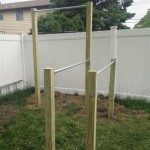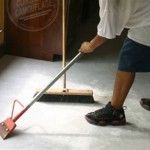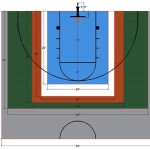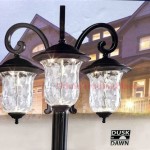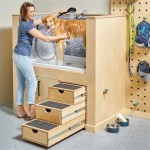Outdoor Wood Boiler Forced Air: Essential Aspects to Consider
Outdoor wood boilers utilizing forced air systems have gained popularity as an alternative to traditional heating methods. They offer numerous advantages, including cost-efficiency, environmental friendliness, and performance in off-grid settings. However, understanding the essential aspects of these systems is crucial for efficient and safe operation.
1. Boiler Selection and Sizing
Choosing the right boiler is essential to meet your heating requirements effectively. Consider the square footage of the area to be heated, insulation levels, and climate conditions. Consult with a professional to determine the appropriate boiler size and capacity for your specific needs.
2. Ductwork and Air Distribution
Proper ductwork is vital for efficient air distribution throughout the heated space. Ensure the ducts are sized and installed correctly to minimize resistance and maximize airflow. Use insulated ducts to prevent heat loss and improve system performance.
3. Air Handler Unit
The air handler unit circulates the heated air through the ducts. Select a unit with an appropriate airflow capacity for the boiler and ductwork. Consider features such as variable fan speed, programmable settings, and air filtration capabilities.
4. Heat Exchanger
The heat exchanger transfers heat from the boiler water to the circulating air. Choose a heat exchanger with a high surface area and efficient design to maximize heat transfer. Ensure it is made of durable materials that can withstand high temperatures and corrosion.
5. Controls and Thermostats
Controls and thermostats regulate the boiler and air handler operation. Select a system with user-friendly controls, programmable settings, and remote access capabilities for convenient temperature management. Consider a thermostat with outdoor temperature compensation to adjust heating output based on external conditions.
6. Safety Considerations
Safety should be a top priority when operating an outdoor wood boiler system. Install smoke and carbon monoxide detectors near the boiler and within the heated space. Use pressure relief valves and temperature gauges to prevent overheating and excessive pressure buildup. Keep the area around the boiler free from combustible materials and ensure proper ventilation.
7. Maintenance and Cleaning
Regular maintenance and cleaning are essential to ensure optimal performance and longevity. Clean the boiler regularly to remove ash and creosote buildup. Check the ductwork and air filter for blockages and clean or replace as needed. Inspect the heat exchanger for corrosion and damage and address any issues promptly. Consider annual professional maintenance to ensure the system is operating safely and efficiently.
By understanding and considering these essential aspects, you can make informed decisions when installing and operating an outdoor wood boiler forced air system. This will ensure a comfortable, efficient, and safe heating experience for your home or business.

Forced Air Outdoor Wood Burning Furnaces And Boilers

Forced Air Outdoor Wood Burning Furnaces And Boilers

Woodmaster Traditional Outdoor Wood Furnaces

Wood Fired Forced Air Furnace Messersmith Manufacturing Inc

What Is An Outdoor Forced Air Wood Furnace

Outdoor Wood Boiler Vs Furnace

Forced Air Outdoor Wood Burning Furnaces And Boilers

How Heat From A Central Boiler Outdoor Furnace Gets To Your Home Wood Furnaces Of Ohio Llc

Outdoor Wood Furnaces Pm Engineer

Outside Wood Forced Air Furnace Outdoor Burning
Related Posts


